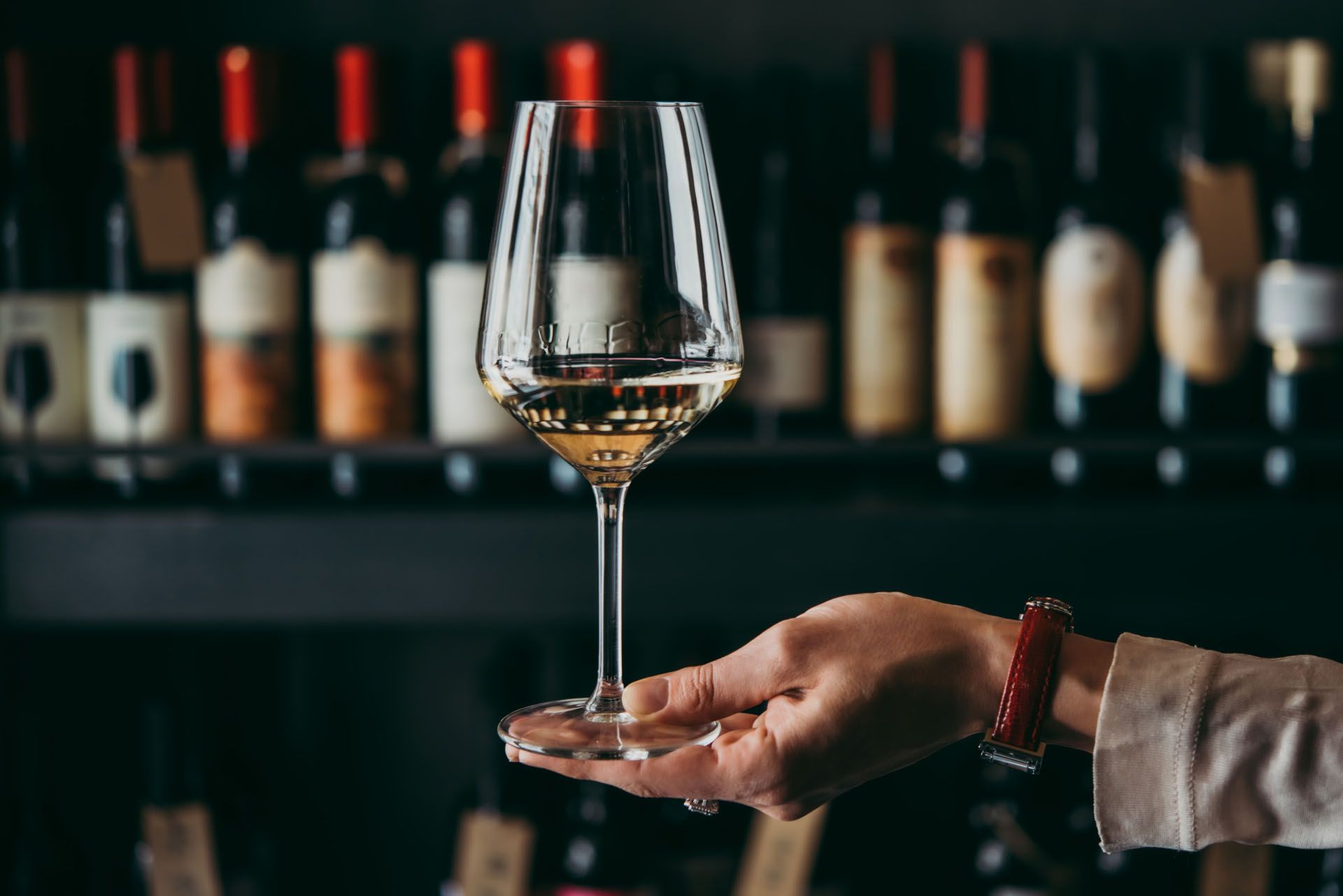Planning your own trip? Prepare for your trip
Use Rough Guides' trusted partners for great rates
Travel advice for Canada
From travel safety to visa requirements, discover the best tips for visiting Canada
Book your individual trip, stress-free with local travel experts
Twenty years ago the facades of the wood-built buildings in Lunenburg, a UNESCO-listed fishing town in Nova Scotia, were white with black trimming. The only exceptions were the red buildings down by the wharf.
But in 2007 the new owners of the Mariner King Inn kickstarted a trend. They decided to repaint their multi-building property, which dates from 1830, in bright hues, reflecting how it would have appeared during Victorian times.
In the 1800s the captains of fishing vessels painted their homes the same bright colours as their boats. It was both a practical means of using surplus paint, and the unique colour scheme allowed boats to be rapidly identified as they sailed into harbour.
The colourful façade on King Street was soon nicknamed ‘the UNESCO fresco’ and other property owners soon followed suit, quite literally painting the town red, among other colours.

Image © Stuart Forster
Lunenburg isn’t a big place. If you don’t stop, you can stroll from one side of the town to the other in under fifteen minutes. That said, the historic architecture of the Old Town provides plenty of reason to pause. It was inscribed as North America’s second urban UNESCO World Heritage Site in 1995.
This coastal town is laid out on a grid pattern and is home to around 2300 permanent residents. Some are descendants of the German, Swiss and Huguenot French settlers brought here to colonise the area on behalf of the British in 1753. They named their town in honour of King George II, who was also the Duke of Brunswick-Lunenburg.
Locals joke the cheapest souvenir from the fishing town of Lunenburg, in Nova Scotia, is a dime. The reverse of the Canadian ten cent coin depicts the schooner Bluenose, a fishing and racing boat launched into Lunenburg Harbour during 1921.

Image © Stuart Forster
The wives of captains are said to have looked out for the return of their men’s boats from dormers protruding over the doorways of their houses. This architectural feature is known as ‘the Lunenburg bump’.
Fishing was, and still is, a dangerous profession. The compass-shaped Fishermen’s Memorial, on the waterfront, is inscribed with the names of local mariners lost at sea since 1890.
Perhaps unsurprisingly, many people in Lunenburg turned to religion and superstitions. Babies, for example, aren’t given thirteen-letter names and people never rock empty rocking chairs. Houses are built to look identical from the front and rear, to confuse the devil, who is believed to sneak in only through the back door.
Lunenburg, you could say, offers a front door to gaining an understanding of Nova Scotia’s fishing folk.

Image © Stuart Forster
The town itself is the chief reason why most people head to Lunenburg. Shelah Allen, a seventh generation descendent of a founding family, offers guided walking tours through the town, providing insights into its history and local superstitions.
You should have no difficulty locating the bright red, waterfront building housing the Fisheries Museum of the Atlantic. Exhibits and activities convey the heritage of Atlantic Canada’s long-established fishing industry. The museum hosts a sizable aquarium and, from the wharf, you can board a vessels including a trawler and a schooner.
A nineteenth century marine blacksmith’s workshop now houses the Ironworks Distillery where tours and tastings are available.
Locals are proud of the restorations made to St John’s Anglican Church, following a fire of 2001 that devastated the eighteenth century place of worship. The stars painted above the altar are reputed to accurately depict Lunenburg’s night sky on 24 December 1BC.

Image © Stuart Forster
Lincoln Street Food is a casual, modern dining venue with an open kitchen and a buzz about the place. Locally sourced ingredients are transformed into stylishly presented dishes, including options for vegetarians. Ordering a selection of tapas-sized plates means you can graze from across the menu.
If you’re feeling flush, head to Fleur de Sel, a French-style fine-dining restaurant, and order the seven course tasting menu with paired wines. The a la carte menu changes monthly but seafood remains a constant feature.
For mussels or gourmet pizza in a casual setting, pop into the Salt Shaker Deli, one of a smattering of restaurants on Montague Street.
Night owls be warned, most places in Lunenburg close their doors fairly early.
The Knot Pub stays opens later than most and is frequented by locals and travellers. The décor and deck style flooring hint at the town’s maritime heritage. It’s a laid-back spot with dartboards, U-shaped booths plus seating by the bar. Draught beers are served by the pint and bottled brews are also available.

© Shutterstock
Independent inns and B&Bs dominate the accommodation scene in and around Lunenburg. The Mariner King Inn provides stylish suites and rooms behind the colourful UNESCO Fresco.
The name of the waterfront Rum Runner Inn hints at the booze smuggling operations reputedly operated from Lunenburg during America’s Prohibition era. The inn has 13 rooms and occupies the building where the sails of Bluenose were made.
For budget accommodation consider booking into the Kip and Kaboodle backpacker hostel, seven kilometres from town. The hostel has two guestrooms plus a dorm.
written by
Stuart Forster
updated 13.12.2018
Stuart is an award-winning travel writer whose work has been published in magazines such as National Geographic Traveller, Wanderlust plus Food and Travel. From the north-east of England, he has lived in Germany, India and Portugal. He travels frequently to Canada and the Netherlands. Follow him @goeatdo on Twitter & Instagram.
Use Rough Guides' trusted partners for great rates
From travel safety to visa requirements, discover the best tips for visiting Canada
Discover Canada's most captivating stories
Discover Canada – Your go-to guide for travel tips and inspiration.
Discover Canada – Your travel guide.